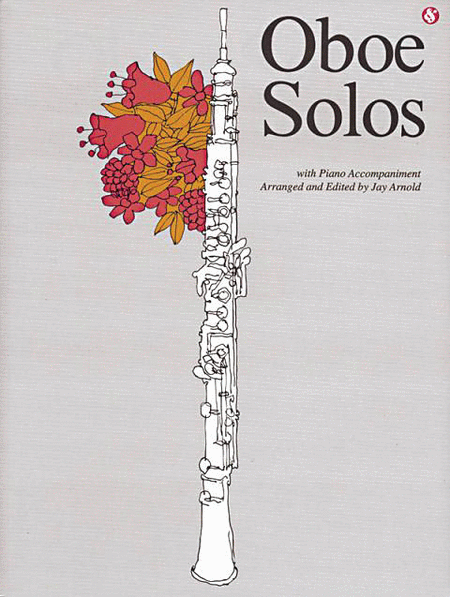Johann Sebastian Bach was better known as a virtuoso
organist than as a composer in his day. His sacred
music, organ and choral works, and other instrumental
music had an enthusiasm and seeming freedom that
concealed immense rigor. Bach's use of counterpoint was
brilliant and innovative, and the immense complexities
of his compositional style -- which often included
religious and numerological symbols that seem to fit
perfectly together in a profound puzzle of special
codes -- still amaze musici...(+)
Johann Sebastian Bach was better known as a virtuoso
organist than as a composer in his day. His sacred
music, organ and choral works, and other instrumental
music had an enthusiasm and seeming freedom that
concealed immense rigor. Bach's use of counterpoint was
brilliant and innovative, and the immense complexities
of his compositional style -- which often included
religious and numerological symbols that seem to fit
perfectly together in a profound puzzle of special
codes -- still amaze musicians today. Many consider him
the greatest composer of all time.
Composed for a wedding ceremony in 1736 -- 1737, Bach's
Cantata No. 197 "Gott ist unsre Zuversicht" (God is our
confidence) (BWV 197) sets an anonymous text with
chorales by Martin Luther from 1524 and by Georg
Neumark form 1657. Apparently, many of the movements in
this cantata parody pre-existing movements from earlier
Bach cantatas, most prominently from the Christmas
Cantata No. 197 "Ehre sei Gott in der Hohe" (BWV 197a).
The cantata is scored for bass alto and soprano
soloists, chorus, a pair of oboe doubling oboe d'amore,
strings, and basso continuo plus a trio of trumpets
with tympani in the opening movement. "Gott ist unsre
Zuversicht" is in two parts of five movements each, the
first part played before and the second after the
ceremony. The first part opens with an enormous
motet-like chorale setting with a richly scored
orchestra of trumpets, oboes, strings, continuo, and
tympani playing a separate but thematically related
ritornello. Its second movement is a stern secco
recitative for bass soloist and continuo. Its third is
a graceful aria for alto soloist, a pair of obbligato
oboe d'amore, strings, and continuo. Its fourth is a
grim recitative for bass soloist, emphatic strings, and
continuo. The first part ends with a gentle
harmonization of Luther's chorale for chorus and full
orchestra colla parte. The second part opens with an
expansive triple-time aria in the form of a trio sonata
for bass soloist, dueting solo oboe and bassoon, plus
strings and continuo. Its second movement is a secco
recitative for soprano soloist and continuo becoming a
small arioso in its closing bars. The third is an
elegant aria in the form of a trio sonata for soprano
soloist, obbligato violin, oboes, strings, and
continuo. The fourth is a commanding recitative for
bass soloist, strings, and continuo. The fifth and
final movement of the second part of "Gott ist unsre
Zuversicht" is a severe harmonization of Neumark's
chorale for chorus and oboe, strings, and continuo
colla parte.
The cantata is scored for three vocal soloists
(soprano, alto, and bass), a four-part choir, three
trumpets, timpani, two oboes, two oboes d'amore,
bassoon, two violins, viola, and basso continuo.
The work's ten movements are divided into two parts of
five movements each, to be performed before and after
the wedding sermon. Although originally written for
solo voice(s), chorus and Orchestra I created this
arrangement for Oboe, Bb Clarinet & Strings (2 Violins,
Viola & Cello).











